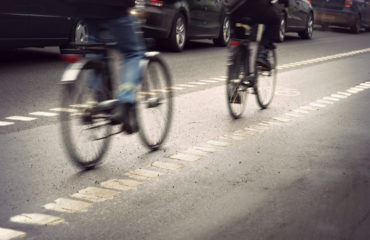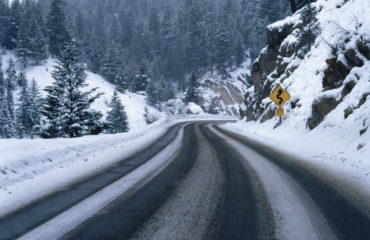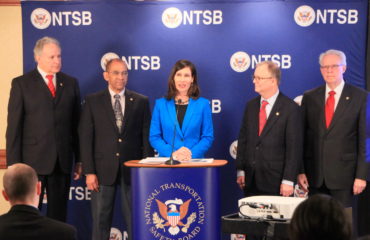Many people enjoy going for a stroll now and then, but being a pedestrian can be a challenge when crossing paths with motor vehicle traffic.
Here you will find 10 tips for walkers and drivers to help save pedestrian lives and avoid injuries.
Going for a Walk
Living in the Washington DC area, I see people out walking all the time, whether it is along the Potomac River on a spring day, or sightseeing on the Washington Mall with its many monuments and museums, or exploring Old Town Alexandria. The great thing about going for a walk is that not only is it free, but you see things in a different perspective. My walk along the Potomac River trail, shared by bicyclists and pedestrians, is invigorating, and gives me time to let my mind wander a bit. Unfortunately, there are many places where going for a walk is anything but refreshing or safe.
Walking Can be Dangerous
In 2011, in the United States, 4,432 pedestrians were killed from traffic crashes, with an estimated 69,000 injuries. Of those:
- 3 in 4 (73%) were in urban areas
- 2 in 3 (70%) were at non-intersections
- 1 in 2 (48%) died on the weekend
- 1 in 3 (32%) died between 8 p.m. to midnight
- 1 in 3 (37%) were impaired.[1]
Globally, the problem is even more severe. One-quarter of the 1.2 million people killed annually in traffic crashes are pedestrians. Many are children. [2]
In the U.S. there is some good news on pedestrian safety – the latest report indicates that fewer pedestrians were killed in the first six months of 2013 (1,985) than in 2012 (2,175). This is the first decline since 2009.[3] But that still means nineteen hundred people died in those first six months while walking. Walking can be one of the most dangerous activities while near a road. It shouldn’t be. A large part of the problem has been the roadway design. Previously, the focus was to meet the needs of motor vehicles, with no thought given to including pedestrian traffic. Fortunately, that is changing. There are a number of actions and activities happening for pedestrian safety. Safety organizations and governments everywhere are sounding the alarm and working to make it safer to go for a walk.
A Change in Perspective
In the U.S., the National Highway Traffic Safety Administration (NHTSA) has implemented the “Everyone is a Pedestrian” message, focusing on drivers AND walkers. The Federal Highway Administration (FHWA) is focusing on road development that provides safe and convenient transportation, whether it is by car, bicycle, or feet. The concept is called “Livable Communities.” [4]
Elsewhere, the Long Short Walk is raising awareness of the dangers children face when walking to school. Global pedestrian safety requires that we design roads with pavement and sidewalks, provide safe locations to cross the road, and install traffic humps and rumble strips to slow traffic where pedestrians are present. Pedestrian safety is creating safe footpaths and lowering speed limits near schools.
10 Tips for Pedestrian Safety
Yet, there is more that we as individuals can do for pedestrian safety. When you are driving:
- Look out for pedestrians at all times.
- When turning, slow down and be prepared to stop when entering a crosswalk or into a parking lot where someone might be walking.
- Yield to pedestrians in crosswalks and stop well back from the crosswalk.
- Never pass vehicles stopped at a crosswalk; there may be people crossing that you don’t see.
When you are walking:
- Be predictable. Follow the rules of the road and obey signals
- Walk on sidewalks when they are available.
- When there is no sidewalk, walk facing traffic and as far to the side as possible.
- Keep alert at all times; don’t be distracted by electronic devices, including talking or texting on cell phones, or listening to music.
- Cross streets at crosswalks or intersections whenever possible.
- Never assume a driver sees you.[5] Make eye contact when possible before stepping out into the crosswalk or intersection.
Going for a walk can be an adventure, a chance to explore new areas, see new sights or even as exercise to get the heart pumping. But getting the heart pumping should be an individual’s choice, not because of a near miss with a car. Pedestrian safety is a shared responsibility between the person walking and the person driving. Stay alert and stay on the path – the path to safety. Okay, it’s time for a walk. Later!
What are you doing to be a safe pedestrian?
[1] Safety in Numbers, National Highway Traffic Safety Administration, August 2013.
[2] The Long Short Walk, Make Roads Safe, The Campaign for Global Road Safety.
[3] Pedestrian Traffic Fatalities by State, 2013 Preliminary Data, Governors Highway Safety Association. March 2014.
[4] Want to see if your community is “walkable?” Download the Walkability Checklist and see how walker friendly your community is and what can be done to improve it.








